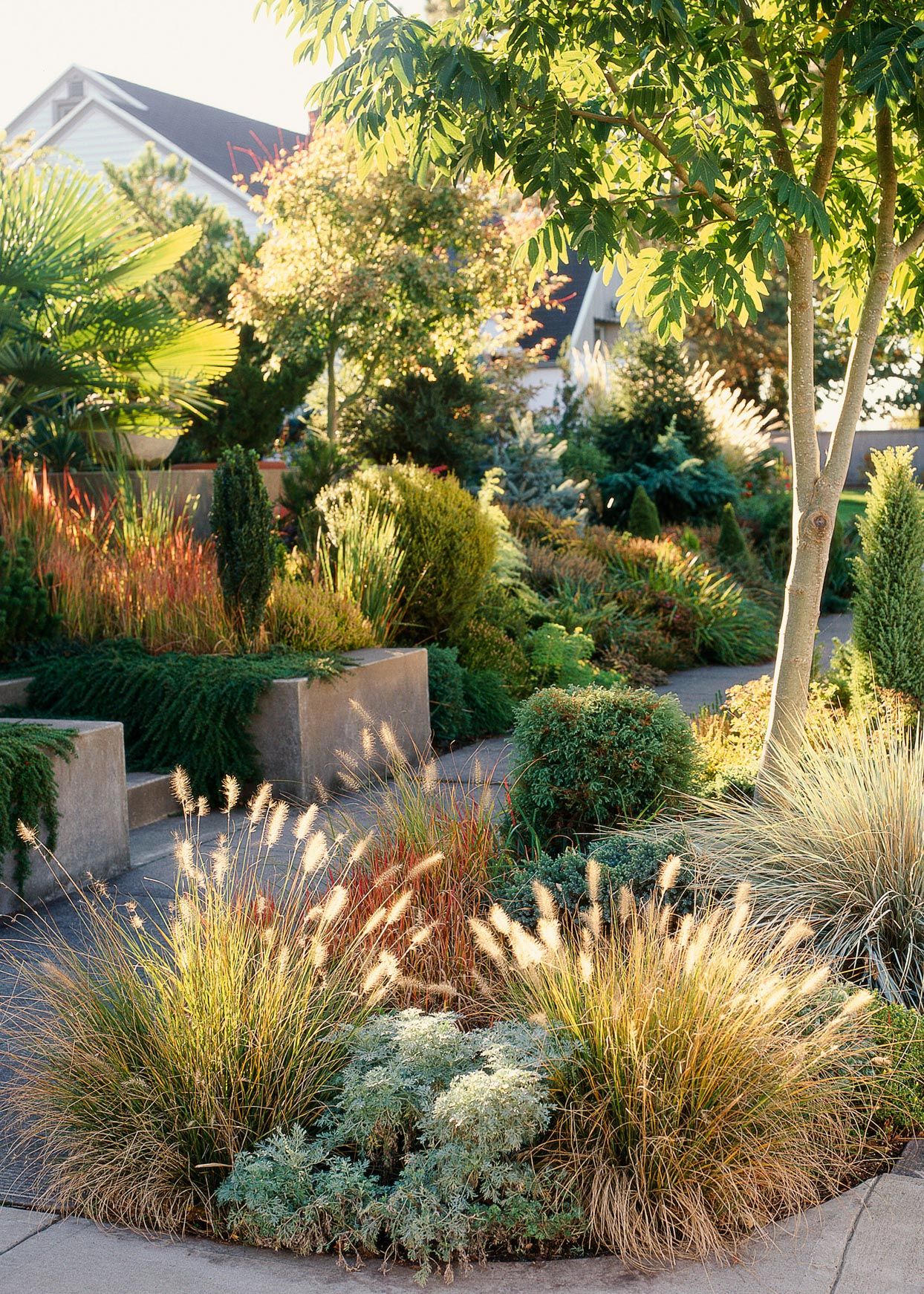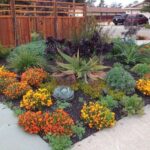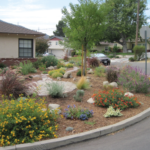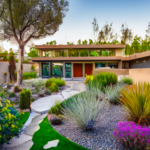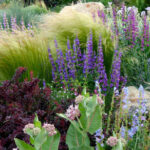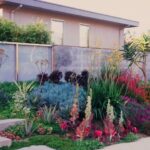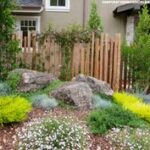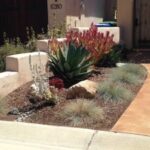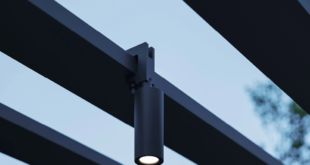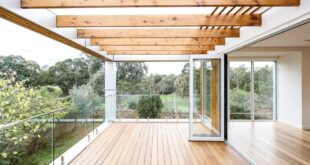As climate change continues to impact our planet, many regions are experiencing prolonged periods of drought. This is putting a strain on water resources and leading to challenges for homeowners who want to maintain lush, green lawns and gardens. However, with some thoughtful planning and design, it is possible to create a water-wise oasis that can thrive in even the driest conditions.
Drought-resistant landscaping focuses on using plants and design techniques that require minimal water to thrive. By incorporating these principles into your outdoor space, you can reduce your water usage, save money on irrigation, and create a sustainable and beautiful landscape that can withstand periods of drought.
One of the first steps in creating a water-wise oasis is to choose the right plants. Look for native species that are adapted to the climate and soil conditions in your area, as they will require less water and maintenance. Succulents, cacti, and ornamental grasses are all excellent choices for drought-resistant landscaping, as they are well-suited to dry conditions and can add texture and interest to your outdoor space.
In addition to selecting the right plants, consider incorporating hardscaping elements into your design. Patios, pathways, and gravel beds can help to reduce the amount of water needed for landscaping, as they do not require irrigation. They can also add visual interest and create defined spaces within your yard.
Another key element of drought-resistant landscaping is efficient irrigation. Consider installing a drip irrigation system, which delivers water directly to the root zone of plants, reducing water waste and promoting healthy root growth. You can also use mulch around plants to help retain moisture in the soil and reduce evaporation.
When designing your water-wise oasis, think about how to group plants with similar water needs together. This will help to ensure that each plant receives the right amount of water, without overwatering or underwatering any particular species. You can also use natural features such as slopes or swales to capture and channel rainwater, reducing the need for additional irrigation.
Overall, creating a water-wise oasis is about working with nature to design a landscape that is both beautiful and sustainable. By choosing the right plants, incorporating hardscaping elements, and using efficient irrigation techniques, you can create a drought-resistant landscape that thrives in even the driest conditions. So, if you’re looking to reduce your water usage and create a sustainable outdoor space, consider implementing these drought-resistant landscaping tips in your own yard.
